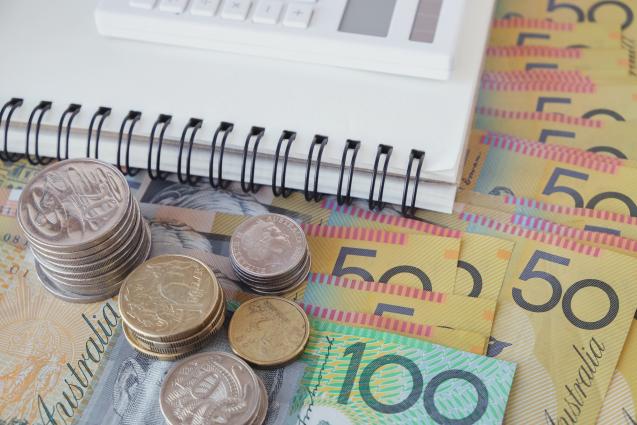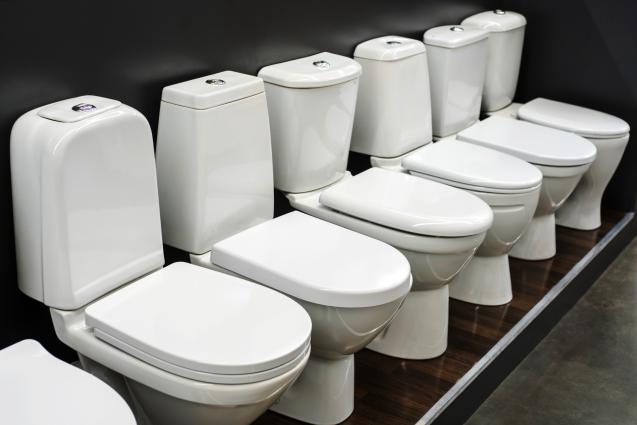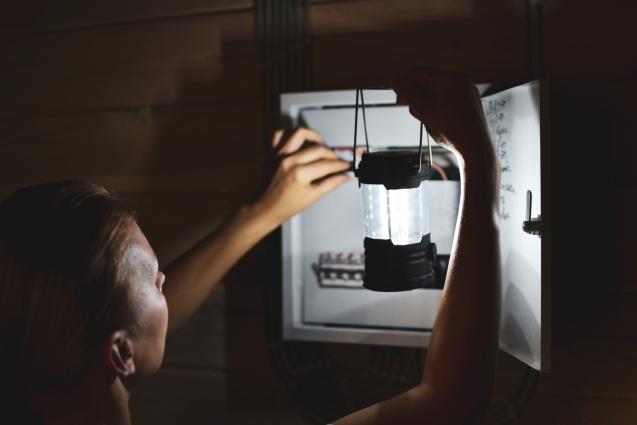
Electricity Costs in Adelaide
By Precise Plumbing and Electrical|September 16, 2020
According to Australian Energy Statistics, Australia generated about 265,117 GWh of electricity in 2019. Fossil fuels accounted for 79 per cent of the total electricity produced, and coal alone contributed 56 per cent of the power generated. Renewable sources such as wind, solar and hydroelectric accounted for 21 per cent of the total output.
Coal and natural gas are currently the cheapest fuels for generating electricity. With its abundant coal and natural gas reserves, Australia has some of the lowest electricity rates in the world. However, rates and tariffs depend on several other factors besides the cost of power generation.
For instance, electricity costs vary between states due to differences in power distribution and consumption policies. Here is a breakdown of the energy costs in Adelaide and the larger South Australia region.
Electricity Usage
Domestic power costs generally fall into two categories. One is the supply rate – the daily charge of a connection to an energy supply network. The second is the usage rate – the amount you pay depending on how much electricity you use.
Kilowatt-hour (kWh) is the standard measurement unit of power consumption. Retailers charge between 25 and 40 cents per kWh, depending on the tariff, distribution network, location and the type of meter installed.
The average annual electric bill for a typical South Australian family is about $1,759. But of course, that figure varies widely depending on the home's size, types of electrical appliances in use, the family's general lifestyle, and the weather.
Electricity Costs
South Australia has the highest electricity usage rates in the country. The total fixed supply charge ranges between 80 cents to $1 per day, and the average consumption rate is about 36.223 c/kWh. In comparison, the retail price of electricity in the Capital Territory is currently at around 23.68 c/kWh.
Demand and supply metrics, network charges and generation costs drive the high prices of electricity in SA. Below is a general cost breakdown of a South Australian domestic power bill:
The bulk of the cost goes toward network and power generation charges. Most power generators in SA use the relatively more expensive natural gas instead of coal, resulting in higher wholesale prices. Additionally, the distribution of electricity requires extensive infrastructures and involves several services, companies and regulatory oversight. All those costs ultimately add up.
Tips for Reducing Your Bills
If your usage rate is above the average benchmark, or you feel that you are paying too much for electricity, here are some easy ways you can lower the power bill:
Coal and natural gas are currently the cheapest fuels for generating electricity. With its abundant coal and natural gas reserves, Australia has some of the lowest electricity rates in the world. However, rates and tariffs depend on several other factors besides the cost of power generation.
For instance, electricity costs vary between states due to differences in power distribution and consumption policies. Here is a breakdown of the energy costs in Adelaide and the larger South Australia region.
Electricity Usage
Domestic power costs generally fall into two categories. One is the supply rate – the daily charge of a connection to an energy supply network. The second is the usage rate – the amount you pay depending on how much electricity you use.
Kilowatt-hour (kWh) is the standard measurement unit of power consumption. Retailers charge between 25 and 40 cents per kWh, depending on the tariff, distribution network, location and the type of meter installed.
The average annual electric bill for a typical South Australian family is about $1,759. But of course, that figure varies widely depending on the home's size, types of electrical appliances in use, the family's general lifestyle, and the weather.
Electricity Costs
South Australia has the highest electricity usage rates in the country. The total fixed supply charge ranges between 80 cents to $1 per day, and the average consumption rate is about 36.223 c/kWh. In comparison, the retail price of electricity in the Capital Territory is currently at around 23.68 c/kWh.
Demand and supply metrics, network charges and generation costs drive the high prices of electricity in SA. Below is a general cost breakdown of a South Australian domestic power bill:
- Network: 43 per cent
- Wholesale: 34 per cent
- Retail: 16 per cent
- Environmental Policy: 6 per cent
The bulk of the cost goes toward network and power generation charges. Most power generators in SA use the relatively more expensive natural gas instead of coal, resulting in higher wholesale prices. Additionally, the distribution of electricity requires extensive infrastructures and involves several services, companies and regulatory oversight. All those costs ultimately add up.
Tips for Reducing Your Bills
If your usage rate is above the average benchmark, or you feel that you are paying too much for electricity, here are some easy ways you can lower the power bill:
- Insulate your house to minimise the need for continuous heating and cooling.
- Use certified energy-efficient electronics such as LED bulbs and smart appliances.
- Make efficient use of daylight.
- Invest in supplementary solar energy solutions to reduce your household’s reliance on the grid.
- Select electricity retailers, plans and tariffs that suit your power usage.
- Become more energy-cautious and adopt some essential energy-saving habits, such as switching off lights when not in use.



